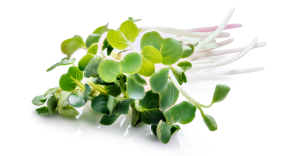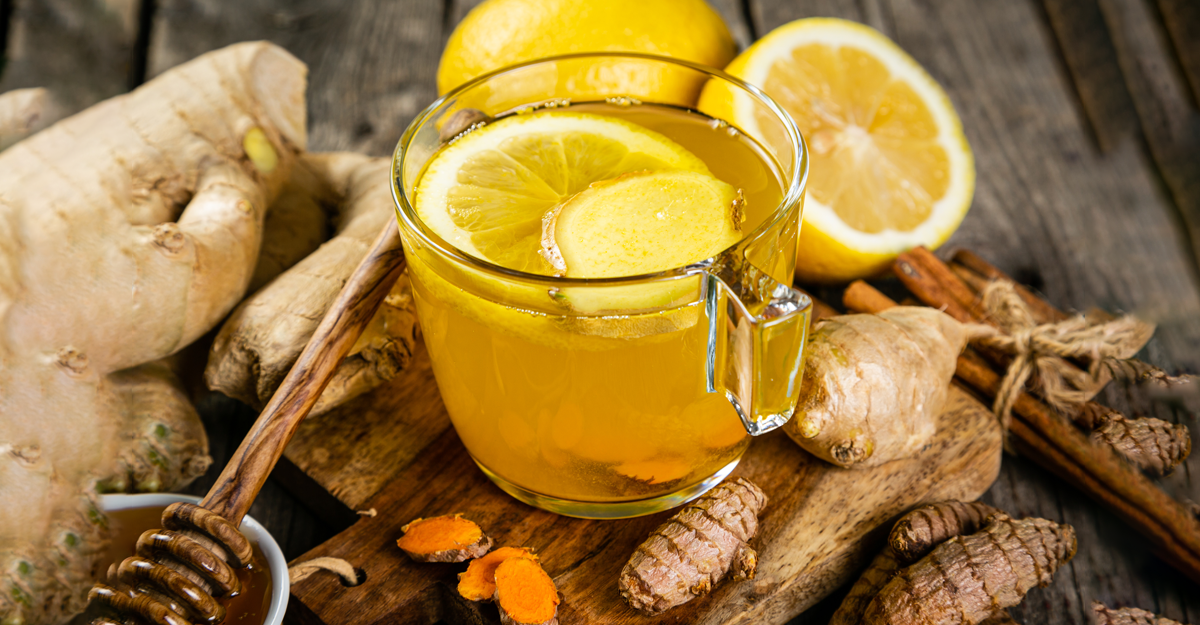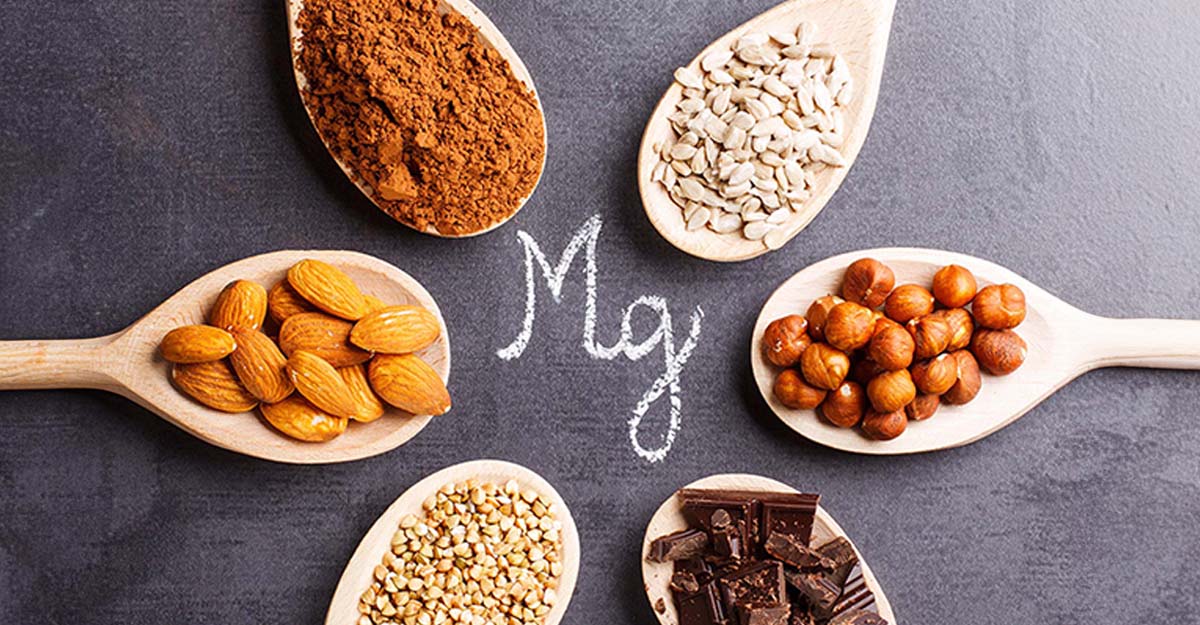
It’s an issue as old as time. Parents struggle to ensure their children get the nutrients they need, as kids complain about having to eat their veggies. Microgreens could be the solution.
These young vegetable greens are small in size and therefore, not nearly as difficult to digest as larger vegetables. Moreover, they are often ground up into superfood powder, making it easy for parents to add them to food and vegetables, while their kids aren’t any the wiser.
Want to learn more about microgreens and how to add them to your family’s diet? Read on for everything you need to know.
What is the Best Greens Supplement?
Parents who want their kids to be healthy will choose the best greens supplement on the market. True Grace is a recommended brand. With a combined 70 years of experience in the natural products industry, they are dedicated to helping people achieve a higher quality of life.
Their best greens supplement products include:
- True Little MicroVeggies Organic: This nutrient-rich superfood powder features broccoli and sunflower microgreens. The formula provides a healthy dose of antioxidants to support detoxification and immune health.
- Sunflower Microgreens Superfood Powder: This supplement contains vitamins A and K, calcium, iron, magnesium, and potassium. It supports digestion, energy, and vitality.
Find more great health-supporting products on the Natural Healthy Concepts website. Check out our Children’s Health and Greens & Superfoods for supplements that improve your family’s wellbeing.
What are Microgreens?
Microgreens are a type of plant between sprouts and baby greens. While small, they are rich in nutrients and offer various health benefits. They can be purchased live and cut into smaller components or as a superfood powder.
There are various types of microgreens, including the following:
- Brassicaceae Family: Cauliflower, broccoli, cabbage, watercress, radish, and arugula
- Asteraceae Family: Lettuce, endive, chicory, and radicchio
- Apiaceae Family: Dill, carrot, fennel, celery
- Amaryllidaceae Family: Garlic, onion, leek
- Amaranthaceae Family: Amaranth, quinoa, Swiss chard, beet, and spinach
- Cucurbitaceae Family: Melon, cucumber, and squash
Microgreens feature various nutrients. While nutrients vary based on the family, they are rich in potassium, iron, zinc, magnesium, copper, and antioxidants. Their nutrient level is up to nine times higher than mature greens.
As antioxidant-rich foods, microgreens are known to reduce the risk of heart disease, Alzheimer’s disease, diabetes, and certain cancers.
How to Add Microgreens to Your Diet
Microgreens are easy to add to food as they are small and have a mild taste. Therefore, they go with just about anything. This section will suggest ways to add it to your family’s diet.
- Add Microgreens to Salads: Microgreens blend naturally into salads while adding a subtle flavor.
- Place Them on Burritos, Burgers, or Tacos: The plants can be the ideal lettuce substitute on sandwich-type foods.
- As a Smoothie Ingredient: Mild-flavored microgreens are perfect for smoothies, adding a nutritional punch.
- Use Them as a Side Salad: Microgreens make a great side salad when used alone or combined with other greens.
- Add Them to Soups, Bowls, and Stir-Fries: Although microgreens don’t taste great cooked, they can be added to soups and bowls right before you eat them.
- As a Snack: Pea and sunflower shoots make tasty snacks even kids will love.
- As a Pesto Ingredient: Microgreens can substitute basil in pesto recipes.
- In a Breakfast Meal: Add microgreens to eggs and potato dishes to start your day off right.
- As a Pizza Topping: Make your pizza healthier with a microgreen topping added before eating.
Of course, children who are picky eaters may still refuse to eat microgreens. In these scenarios, consider adding a superfood powder to their food. Likely, they won’t even detect them.
Conclusion
Proper nutrition is essential for children and the entire family, and Natural Healthy Concepts has products that will help you achieve higher levels of well-being. Browse our website to learn more about what we offer or contact one of our practitioners for more guidance. We look forward to helping you reach your wellness goals.
FAQs
What are the best microgreens for kids?
Pea shoots, sunflower sprouts, broccoli, and radish greens are the best microgreens for kids. They are ideal because they are not as pungent as other microgreens but are still packed with nutrients.
When should you not eat microgreens?
Microgreens should be eaten within one week of harvest or before the ‘best by’ date. Rinse microgreens before eating them. Discard any sprouts that show deterioration, such as a loss of crispness.
What is the healthiest microgreen?
Kale is among the healthiest microgreens because it is derived from a leafy green vegetable. It has about five times the potassium of its mature counterparts.
* These statements have not been evaluated by the Food and Drug Administration. The products mentioned are not intended to diagnose, treat, cure, or prevent any disease.




